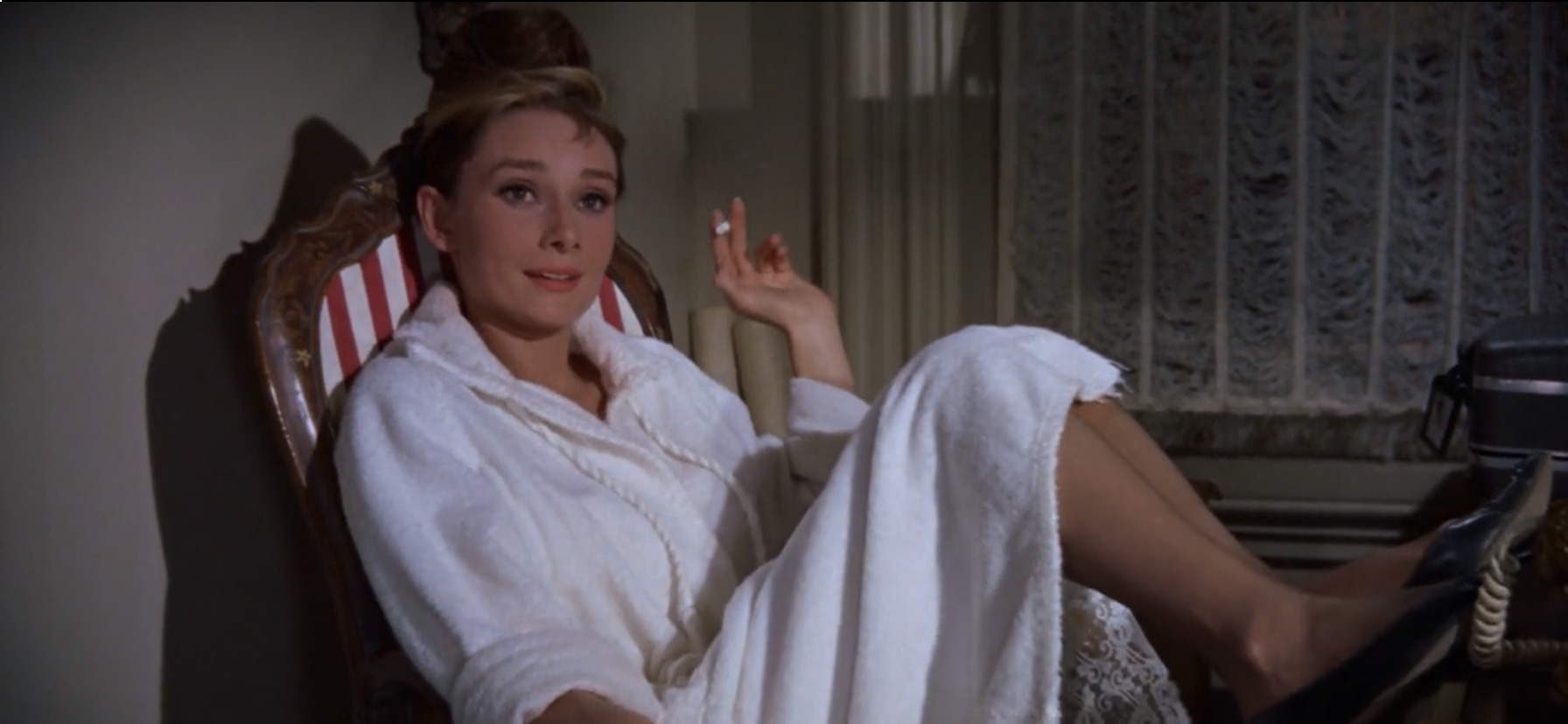For reasons I cannot guess, some movies are much more successful, and more loved by film fans, in certain other countries than in their own. Such was the case, I think, or seem to remember, of Blake Edwards' Breakfast at Tiffany’s (1961) in Spain when it was belatedly released (dubbed and with a slight, stupid censor cut) in 1963, the same year we got the two other Edwards films I love best, Experiment in Terror and Days of Wine and Roses (both 1962) as well as the earlier Mister Cory (1956), and only months before the arrival of his first true worldwide success, The Pink Panther (1963). He looked then a very promising young director. Little could we imagine that Breakfast at Tiffany’s was really some sort of “swan song” of the romantic comedy-drama, and that the box office success of The Pink Panther would change the course of Edwards’ career, turning him into a producer-director, and sometimes, unfortunately, more the former than the latter, as when he overexploited well past any reasonable hope (even after Peter Sellers’ death!) the Pink Panther/Inspector Clouseau series.
Many complained that Edwards (and writer George Axelrod) had, “as usual” in Hollywood pictures, unwarrantedly glamorized — and therefore falsified — the characters and plot of Truman Capote’s novella, as if the future author of In Cold Blood were a harsh, starkly realist writer. I feel now that a present-day remake (which I hope will never be perpetrated) of this film would deprive it automatically of its more distinctive (albeit perhaps enforced) qualities, which are precisely some kind of innocence and the use of perfectly understandable understatements. We need not be told in so many words that Holly Golightly (Audrey Hepburn) prostitutes herself, we deduce it instantly, the same as we gather (even before any comments are made about it) that would-be writer Paul Varjak (George Peppard) is a sort of plaything for rich, older, patronizing Tooley Falenson (Patricia Neal dressed like Cruella DeVille). Therefore, both would be “soiled” characters who redeem themselves, like in a Borzage silent melodrama, through mutual love and compassion. Which seems to me a more interesting tale than Capote’s.
Part of both the greatness and the glamorization of Breakfast at Tiffany’s come from something as simple and so much of a “given” as the casting, and if the part of Holly had gone to Marilyn Monroe (to whom, according to rumor, it had been previously offered) it would not have changed much, really. She was certainly older (35) than Hepburn looked at 32, and she might be sexier (or sexy in a more obvious way) than Audrey, but hardly less innocent or less moving or lovable. Another part of the lasting charm of this really enchanting film comes from its amazingly successful blend of whimsical but moderately extravagant comedy and sentimental melodrama, and the very smooth way it manages to pass from one tonality to another, which seems to depend more on the characters’ impulses and moods than on the script’s cues or the development of the plot. This gives the feeling that the film was somewhat improvised on the set, and not only in the magnificent 12-minute party scene in Holly’s overcrowded apartment (a specialty of Edwards that was finally expanded into almost a whole feature in The Party, 1968).
Almost half a century after it was made, Breakfast at Tiffany’s remains a very Edwardsian picture, both sad (in particular, everything involving Buddy Ebsen’s love for Holly when she was Lula Mae Barnes) and funny, graceful, and light. With two single blemishes: one is the unwarranted comical underlining by brief musical comments, as if someone was trying to pretend it was only a comedy (which is strange in a film with one of the best Henry Mancini scores and the great Mercer-Mancini song, “Moon River”); the other, more serious, is the wholly useless character of Mr. Yunioshi, the neighbor-photographer, outrageously overplayed by Mickey Rooney, which interferes (eight times!) when it should have been mercilessly edited out of the script or at least supressed from the final cut. Two errors small in themselves, but quite shocking in a film otherwise so perfectly written, directed, cast (Buddy Ebsen, Patricia Neal, Martin Balsam,… everybody seems to have been carefully chosen) and timed as this.
The most curious thing about Breakfast at Tiffany’s, seen again now, seems to me something not even the most fervent “Hitchcocko-Hawksians” at Cahiers du cinéma realized at the time of its release — the almost perfect blend of the very different styles of filmmaking of those two great American directors. So, in more than one sense, Breakfast at Tiffany’s was a sort of farewell to the golden age of the Hollywood film, something I have always suspected that people like Edwards and his pal Richard Quine, who started to make their own films when it was already almost too late (Quine directed his first musical, My Sister Eileen, the same year — 1955 — that Kelly and Donen made their last one together, It’s Always Fair Weather), half-consciously felt. The four final shots of Audrey and Peppard and the nameless cat, embracing under the rain, and taken from an ever-increasing distance, strike a melancholy chord on a very provisory-looking happy ending.
© FIPRESCI 2011



No hay comentarios:
Publicar un comentario